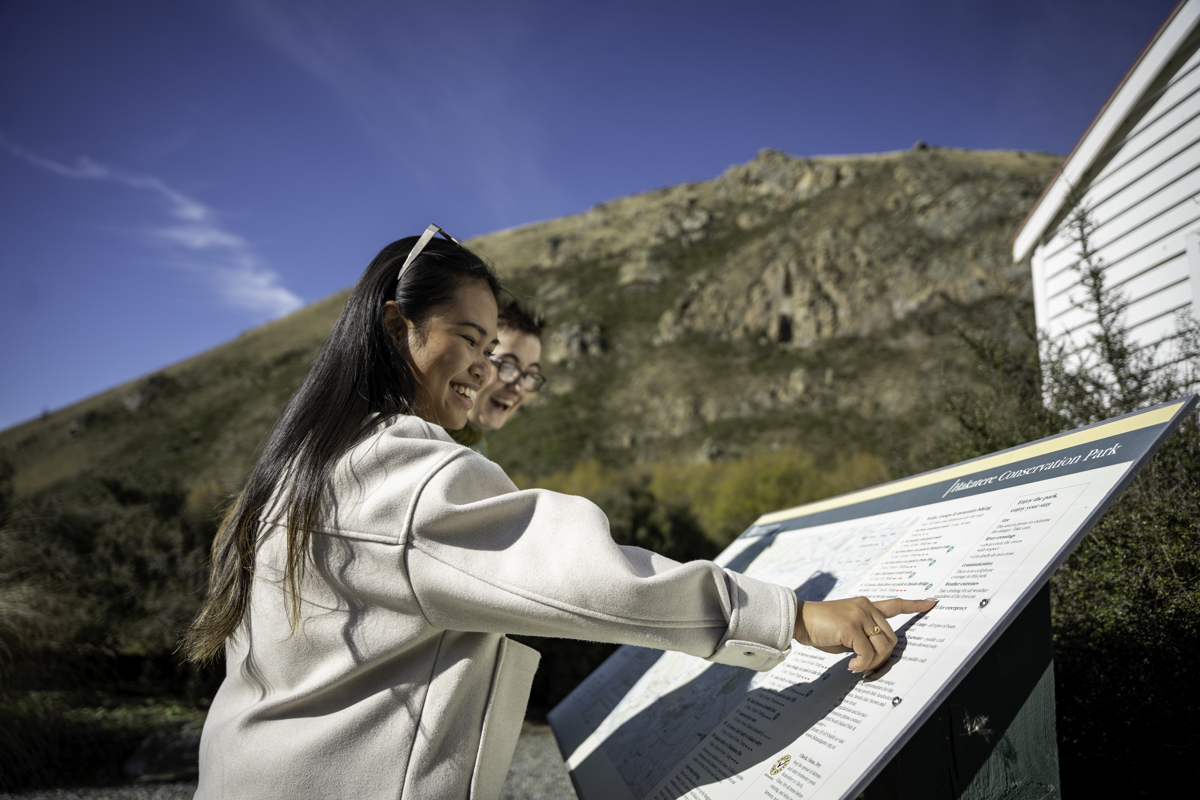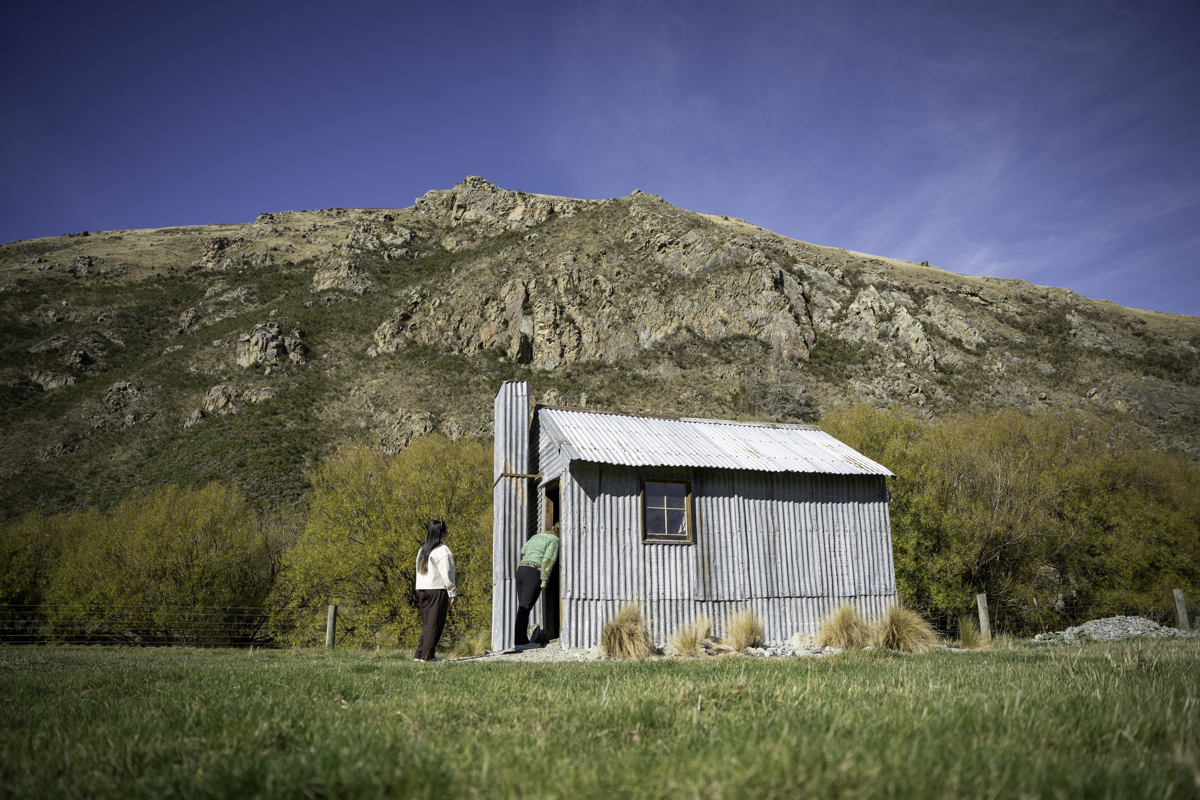Ōtūwharekai: Hakatere heritage
Heart of the high country
Hakatere Station’s vernacular stone, cob and timber accommodation buildings bring to life the basic living conditions and communal lives of high-country farm workers in the early twentieth century. Set amidst the dramatic landscapes of Hakatere Conservation Park, this site is the gateway to Ōtūwharekai Ashburton Lakes; an area of outstanding cultural importance to Ngāi Tahu.
View on mapThe story
The Hakatere buildings lie at the entrance to the Ōtūwharekai Ashburton Lakes area. Ōtūwharekai is the name for the two small, interconnected wetlands within the Ashburton Lakes, commonly known as the Māori Lakes. It is now used to describe the wider Ashburton Lakes area. Ōtūwharekai was part of an extensive network of kāika nohoaka (settlements) and kāika māhika kai (food gathering places) for Ngāi Tahu in the high country. For mana whenua Ōtūwharekai is a place of huge significance, rich with an interconnected network of trails used by tūpuna (ancestors). Water from the area still provides water for whānau who live in the area as well as the wider Hakatere community.
Hakatere Station was first taken up as a colonial high country station in 1857 by Thomas Henry Potts. A small cluster of accommodation buildings developed around the Hakatere Corner, and two of these early buildings survive.
The Stone Cottage, built of cob and local stone in 1862, may be the oldest building in mid-Canterbury. A home for the station’s head shepherds, it became known as the ‘married quarters’ after 1892. In later years it acted as a post office and mutton chiller. The long timber Singlemen’s/Shearers’ Quarters was built in piecemeal fashion during the late nineteenth century. A later addition was the 1940s-era cook shop. It housed the station cook and contained a kitchen and space for the shepherds to eat and socialise.
Out on isolated high country stations, farmers, workers and wives might go for months without seeing neighbours. The buildings at Hakatere were a vital hub for those who lived and worked in the district. The most famous gathering was the annual Hakatere sheepdog trials, first held in 1946. Started to attract musterers to the district, they quickly became a highlight of the social calendar, ending only in 2007.
The buildings were purchased along with Hakatere Station in 2008 by the Nature Heritage Fund. They are managed by the Department of Conservation, in partnership with the Hakatere Heritage Committee, a local volunteer group.
See and do
Explore the Hakatere Heritage Buildings and see how high country farm workers lived in the early twentieth century. The Singlemen’s Quarters feature an information room, with panels detailing the history and ecology of the area. Here you can listen to audio recordings of memories from those who lived and worked here.
Positioned at the gateway to Ōtūwharekai/Ashburton lakes area within the Hakatere Conservation Park, this is the perfect place to stretch your legs, take in some social history and enjoy a picnic lunch, before heading onwards to rugged mountain country, tussock lands, beech forest and sparkling clear rivers and lakes set between two mighty rivers, the Rakaia and Rangitata.
More information












